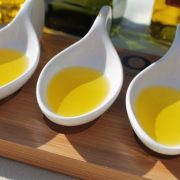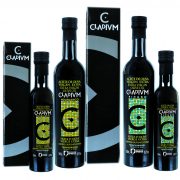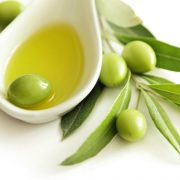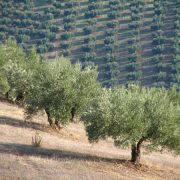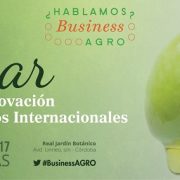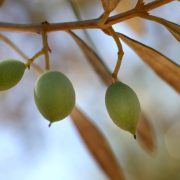International olive growing: singularization as an incremental differentiation strategy
By Juan Vilar Hernández, PhD in Economics, strategic consultant, international expert in Olive Oil Economy and professor on leave of absence from the University of Jaén.
At present, olive oil is produced in 58 countries on 5 continents, while it is consumed in a total of 179. The evolution of the sector is such that every second 10 olive trees are planted on the planet, which has made it possible for Every day of the 365 days of the year, olive oil is produced, somewhere in the world.
There are already more than 11.4 million hectares that populate the land of olive trees, being the most widespread permanent crop, assuming 1% of the total arable land, above the vineyard with 7.5 million hectares
This area of olive grove has evolved each year, of the most recent, in some 160 thousand hectares planted, mostly superintensive, which has led to an expansion trend that exceeds 1% per season.
Making a description of international olive growing by crop categories, we obtain the following distribution, traditional olive grove 75, intensive olive grove 24.5 and super intensive olive grove 4.5, percent respectively. This could cause that in environments of price drops up to 2 euros approximately, more than 80 percent of the world olive grove could be in losses.
Such a context, although consumption and production are fully proportioned, generates a risk of possible situation of competitive imbalance for the traditional olive grove, the majority, not only globally, but mainly in the countries considered historical producers, including Spain, Italy, Greece, Tunisia, etc.
In the face of such a lack of competitiveness, only certain strategies are useful, on the one hand, aimed at enhancing consumption, as is the case of promotion in the macro sense, which, in a generic way, has to be orchestrated by public institutions and private companies that are superior in nature, through this strategy the appropriate framework is established so that organizations can carry out their business activities in an appropriate manner and in a less stable and favorable environment.
On the other hand, there are those strategies that are aimed at improving the net income of the olive grower, and that are determined and applied in the micro environment, trying to influence optimization, by reducing processing costs, in this case as strategies they could list cooperation, shared exploitation, vertical and horizontal integration, intensification of cultivation, exploitation through service companies, etc. Or through the increase of sale prices at origin, for example, through vertical or horizontal integration, expansion of the range of products and area subject to commercial scope, and by incremental differentiation or singularization.
The singularization is a strategy whose purpose is to make a product different from the consumer’s preferences, encouraging the latter to pay more for it, and also enhancing fidelity in their consumption over time
This strategy is composed of a series of essential stages to form the full effect, the first of which is innovation, you have to get a product with novel effect, either by the characteristics of it, or by the process through which you get, for example, extra virgin olive oil indicated especially for children.
After that, it has to be especially incisive, communicating the existence of our product, through the prescription stage, showing what the exceptional characteristics of the product are and why.
And to conclude, we have to carry out what is called the commercial de-categorization stage, that is, put our product on the market, given its differentiating circumstances, and idiosyncrasy, through an appropriate price that remunerates them reasonably, contributing in the same way, to the maintenance of the net income of the producer.
In conclusion depending on the context presented, and in accordance with the current growth trend of the international olive oil production sector, given the appropriate weather conditions, the nominal capacity of these 11.4 million hectares would be potentially able to produce up to 4.4 million tons of olive oil, while consumption could in any case, in the short term, reach up to 3.4 million tons, in this unfavorable environment of demand are several appropriate tools that would be useful in order to improve both the situation, in terms of sectorial context, and those applicable to each of the different farming methods.
On the one hand, as mentioned earlier, promotion is the most appropriate strategy, as a tool for leveraging consumption, especially based on the health properties of the product, and as has been mentioned before, coordinated by institutions of the supra court. business, such as ministries, the International Olive Council, Interprofessionals, etc.
And on the other hand, if the competitive circumstances of the exploitation modes are taken into account, cost leadership is adequate for both the intensive and traditional olive groves, while positive differentiation or singularization is the proper strategy to develop higher margins of exploitation in the field of international olive growing, in the case of the traditional olive grove, without prejudice to the use of cost reduction strategies, such as the case of intensification, cooperation or both vertical and horizontal integration.
YOU MIGHT ALSO LIKE:
➡️The olive exporters, in a complicated situation, due to the high prices at origin








